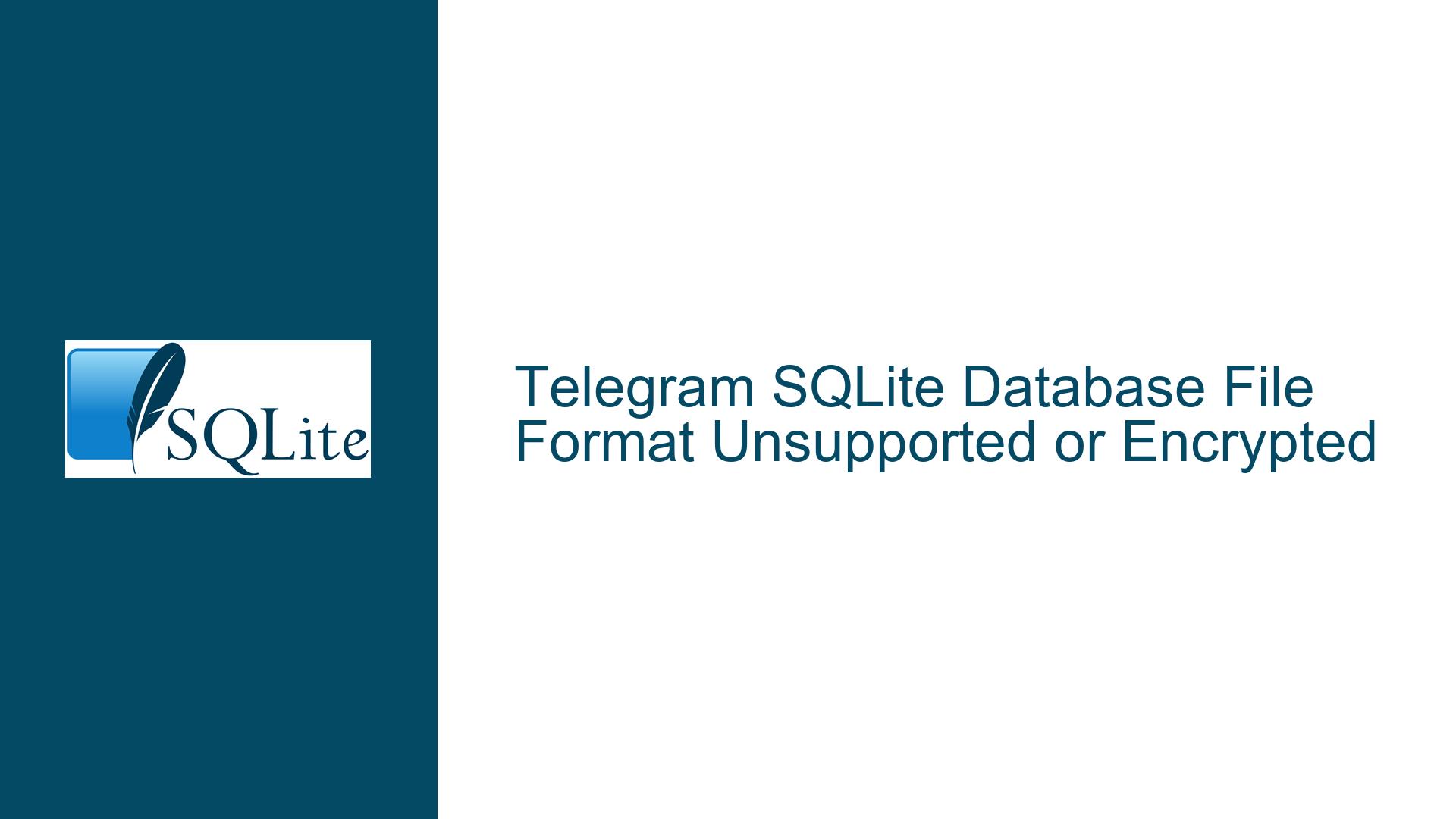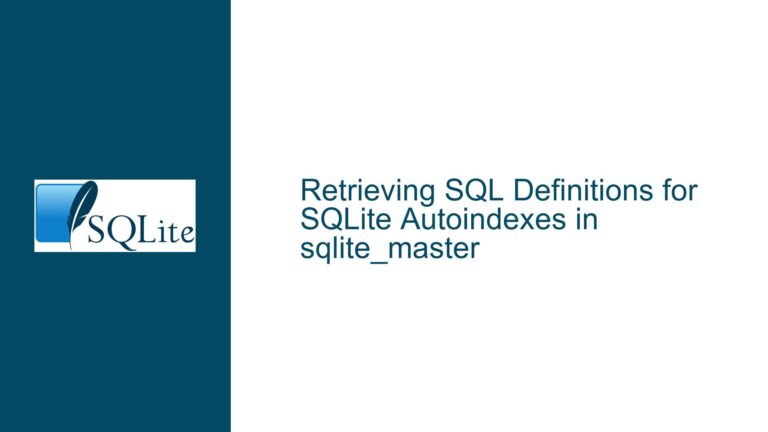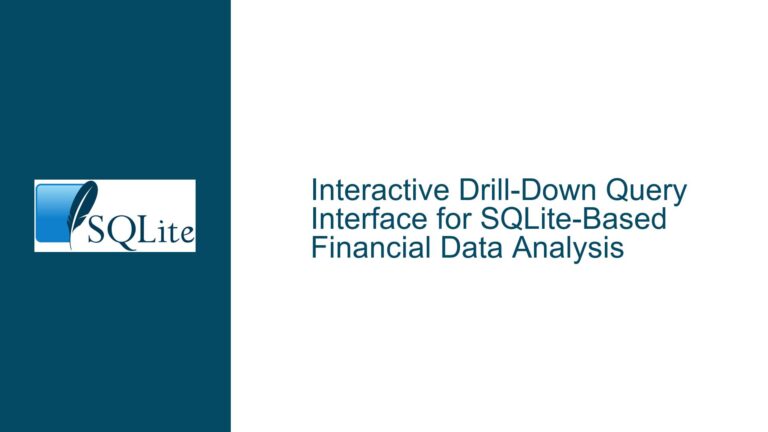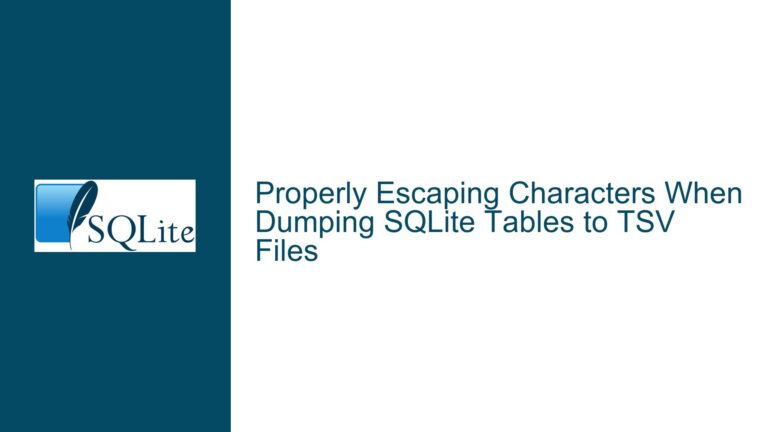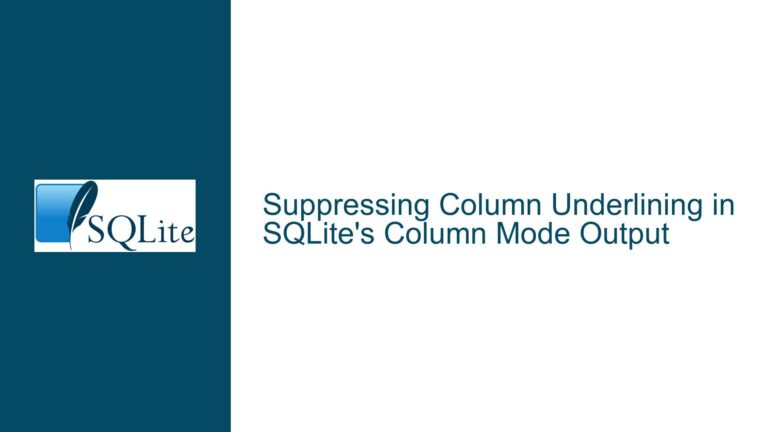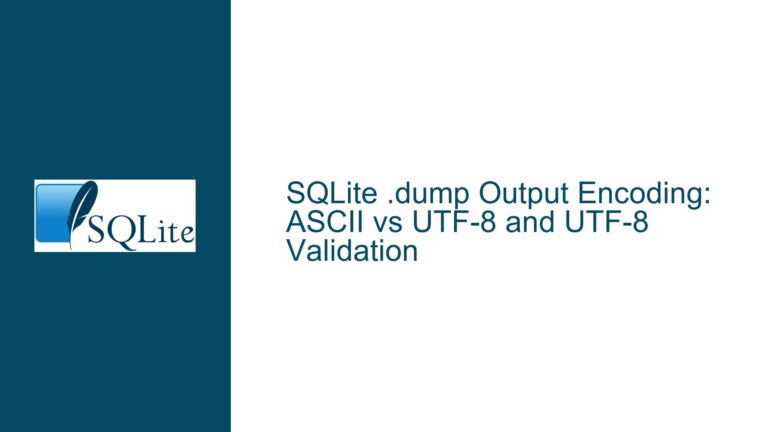Telegram SQLite Database File Format Unsupported or Encrypted
Understanding the "Unsupported File Format" Error in Telegram’s SQLite Database
When attempting to access Telegram’s local database files, users often encounter an Error: in prepare, unsupported file format despite the file being identified as an SQLite database. This guide dissects the root causes, explores technical nuances, and provides actionable solutions for resolving this issue.
Telegram’s Database Structure and SQLite Compatibility
Key Observations
File Identification Conflicts
Thefilecommand output confirms the database (db_sqlite) is recognized as an SQLite 3.x file. However, critical metadata fields (e.g.,user version,SQLite version) contain invalid or negative values, which are atypical for standard SQLite databases. For example:user version: -1656195813SQLite version: -447277415
These values exceed the valid range for 32-bit integers (e.g., SQLite’suser_versionis a signed 32-bit integer, limiting values to -2,147,483,648 to 2,147,483,647). Negative values here suggest non-standard modifications or data corruption.
Accompanying WAL/SHM Files
Telegram’s database directory includesdb_sqlite-shm(shared memory file) anddb_sqlite-wal(write-ahead log). These files are standard in SQLite databases using WAL mode. Their presence implies Telegram uses SQLite’s transactional features but does not guarantee compatibility with generic SQLite tools.Header Mismatch
Thedb_sqlitefile begins withSQLite format 3, the standard header for SQLite databases. However, subsequent binary data (observed vialess) includes non-printable characters and unexpected byte sequences, indicating potential encryption or custom serialization.
Why Standard SQLite Tools Fail to Read Telegram’s Database
1. Encryption or Obfuscation
Telegram encrypts local databases to protect user data (e.g., messages, media). The encryption layer is applied after the SQLite header, rendering the remainder of the file unreadable without decryption. Common indicators include:
- Garbled binary content when viewed with tools like
hexdumporless. - Invalid page size: The
filecommand reports acache page sizeof2747461051, which exceeds SQLite’s maximum allowed page size (65,536 bytes). This value is either corrupted or part of an encryption scheme.
Telegram’s desktop client likely uses a custom SQLite build with built-in encryption (e.g., SQLCipher) or a proprietary encryption method. For example, the user_version field might store encryption metadata or act as a checksum.
2. Modified SQLite Internals
Applications sometimes fork or modify SQLite’s source code to optimize for specific use cases. Telegram’s database may:
- Use a non-standard page size or reserved space configuration.
- Alter SQLite’s file format identification logic (e.g., changing the application ID
725912995to enforce compatibility checks). - Implement custom WAL handling that conflicts with standard SQLite tools.
3. File Corruption or Partial Writes
While less likely, incomplete writes or corruption could invalidate the database. However, the presence of valid -shm and -wal files suggests the database is actively used and maintained by Telegram’s client, ruling out corruption as the primary cause.
Accessing Telegram’s Database: Solutions and Workarounds
1. Decrypting the Database
Telegram’s encryption key is derived from user credentials or stored in secure storage (e.g., macOS Keychain). To decrypt the database:
- Reverse-Engineer Key Extraction:
Use debugging tools (e.g., LLDB, Frida) to intercept the decryption key during Telegram’s runtime. This requires:- Disabling macOS’s System Integrity Protection (SIP) to attach debuggers to Telegram.
- Analyzing Telegram’s memory for key material.
- Python-Based Extraction:
Third-party scripts likeextract_telegram_macos.ipynbbypass encryption by interacting with Telegram’s client directly. These scripts:- Leverage Telegram’s internal APIs to decrypt data.
- Query the database via IPC (inter-process communication) instead of direct file access.
Example Workflow:
# Pseudocode for decrypting messages
import sqlite3
from telegram_decryption import get_key # Hypothetical decryption module
key = get_key() # Extract key from Telegram's process
conn = sqlite3.connect('db_sqlite')
conn.execute(f'PRAGMA key = "{key}"')
cursor = conn.execute('SELECT * FROM messages')
print(cursor.fetchall())
2. Using SQLite with Custom Extensions
If Telegram uses SQLCipher, compile SQLite with SQLCipher support:
# Install SQLCipher
brew install sqlcipher
sqlcipher db_sqlite
> PRAGMA key = 'raw-key-or-passphrase';
> .schema
Note: The exact PRAGMA key format (e.g., raw bytes, passphrase) depends on Telegram’s implementation.
3. Forensic Analysis Tools
Tools like DB Browser for SQLite with Encryption Support or Elcomsoft Phone Viewer can sometimes bypass basic encryption by brute-forcing keys or exploiting known vulnerabilities.
4. Monitoring Database Access
Use macOS’s dtrace or fs_usage to log file operations performed by Telegram:
sudo fs_usage -w -f filesys Telegram
This reveals how Telegram interacts with db_sqlite, including decryption routines or custom SQL queries.
5. Converting WAL Mode to Rollback Journal
Standard SQLite tools may fail to read WAL-mode databases if the -wal and -shm files are missing or incompatible. Force SQLite to revert to rollback journal mode:
sqlite3 db_sqlite
> PRAGMA journal_mode = DELETE;
> .exit
This deletes the -wal and -shm files and may resolve version conflicts.
Conclusion
Telegram’s use of encryption or modified SQLite internals prevents standard tools like sqlite3 from reading its databases. Successfully accessing the data requires reverse-engineering Telegram’s encryption logic, using specialized decryption scripts, or intercepting runtime decryption keys. Developers should prioritize ethical considerations and legal compliance when attempting to decrypt third-party application data.
